Textiles: Yarn Quiz
1/17
There's no tags or description
Looks like no tags are added yet.
Name | Mastery | Learn | Test | Matching | Spaced |
|---|
No study sessions yet.
18 Terms
Detergency
Refers to the manner in which the soap or detergent removes soil.
Fabric Softener
Coats the fabric to increase its electrical conductivity, minimize static charges, and decrease fabric stiffness.
Solvent
A liquid that dissolves other materials. Water is the most common and widely used.
Bleaching
Laundry additive to clean, sterilize, and brighten fabric.
Soil
Any substance not intended to be on a textile and can be classified into several categories based on the soil type and how it is held on the fabric.
Water Hardness
Refers to the type and amount of mineral contaminants present. Water that contains mineral salts is known as hard water.
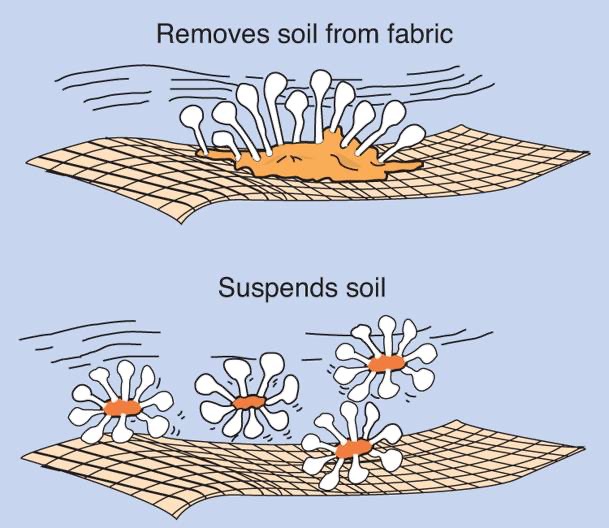
Soap or detergent molecules include an organic “tail” that has an affinity for organic soils, and a polar “head” that has an affinity for the solvent.
Understand how the soap/detergent molecule works to remove soil.
Filament yarns are made from manufactured fibers and spun yarns are made from staple fibers.
Be able to identify spun yarns and filament yarns.
Hold the yarn vertically. If the twist goes “downhill” it is S-twist. If the twist goes “uphill” it is Z-twist.
Be able to identify S-twist and Z-twist yarns.
Ratiné
Effect ply is twisted in a spiral arrangement around the ground ply (Fancy Ply)

Slub
Thick and thin (Spun Yarn, Fancy Single)
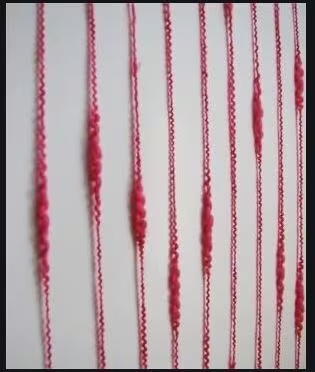
Tweed
Flecks of short colored fibers that are twisted into the yarn (Spun Fancy Yarn)
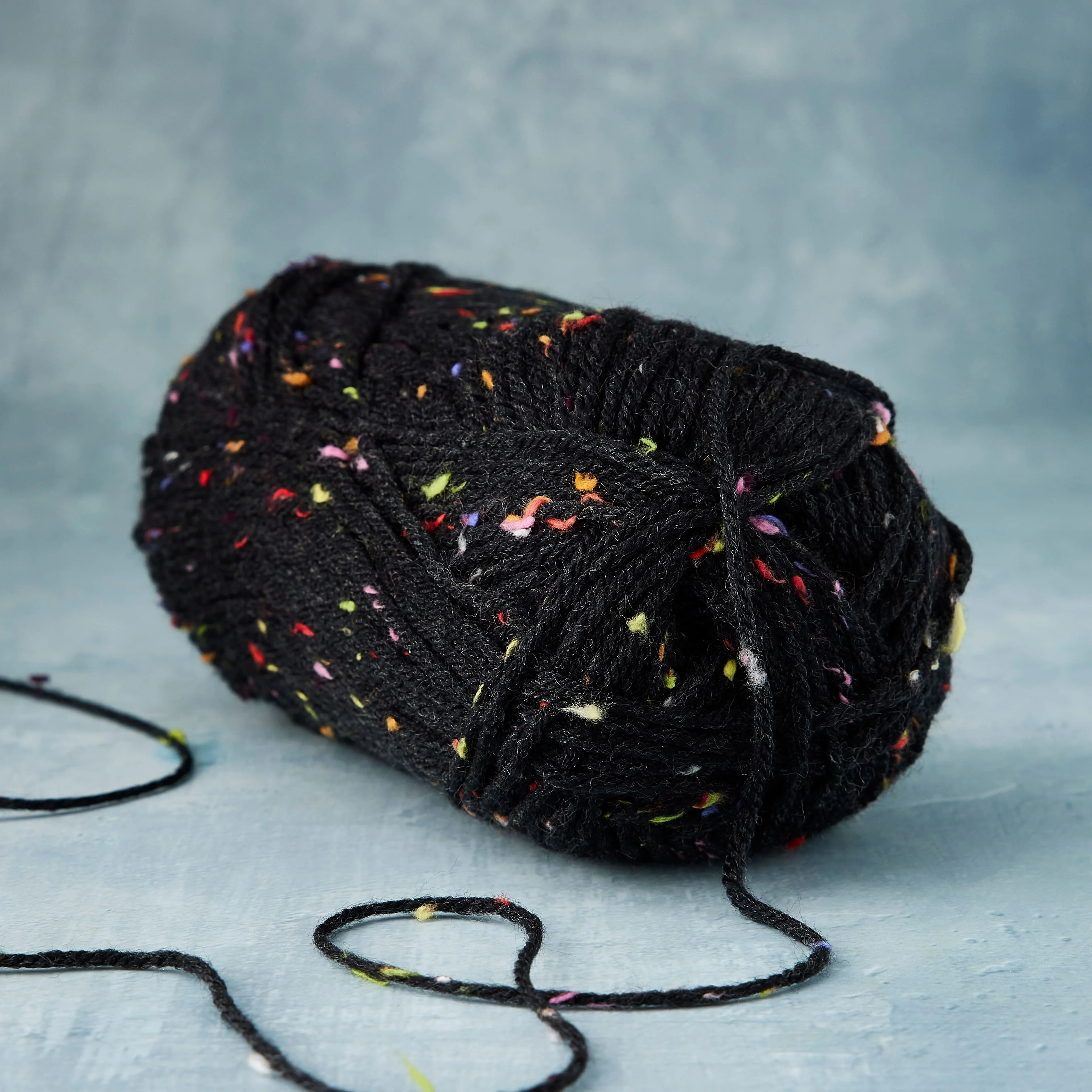
Chenille
Made by cutting a specially woven ladder-like fabric into warp wise strips (Fancy Ply, No Twist)

Braid
Multifilament, Fancy Ply, No Twist
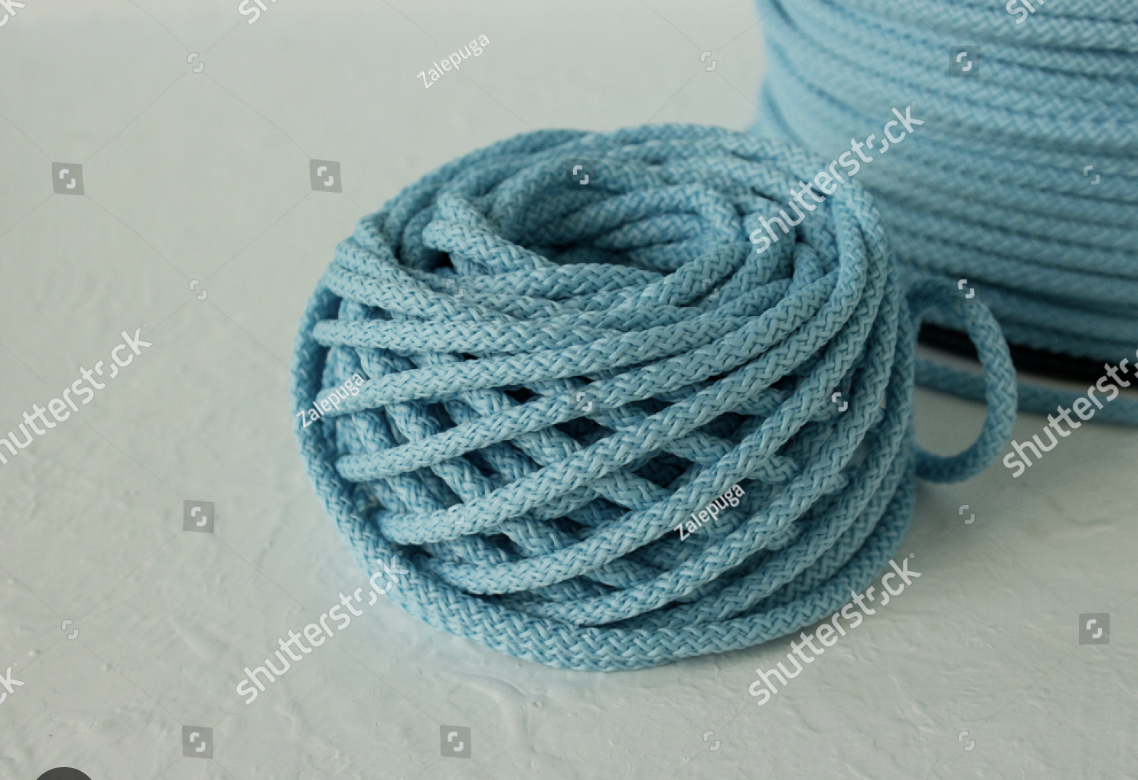
Monofilament
Fishing line (Simple Single, No Twist)
4-Ply Yarn or Cord
Plied Yarn
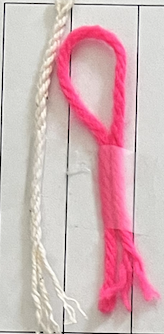
Turns (or twists) per inch
What does TPI stand for?
Carding partially aligns the fibers and forms them into a thin web that is brought together as a soft, very weak rope of fibers called carded sliver. These fibers are drawn through a set of rollers.
Combing removes short-staple fibers and leaves only long-staple fibers which are more uniform in length (> 1 ⅛”)
Combing is higher quality than carding.
What is the difference between carded and combed yarns?